Benefits of high-intensity exercise: Is it the best exercise to improve brain health?
A 12-week trial found high-intensity workouts didn’t improve brain health in cannabis users, but regular exercise still helped reduce cravings and boosted engagement.
1/11
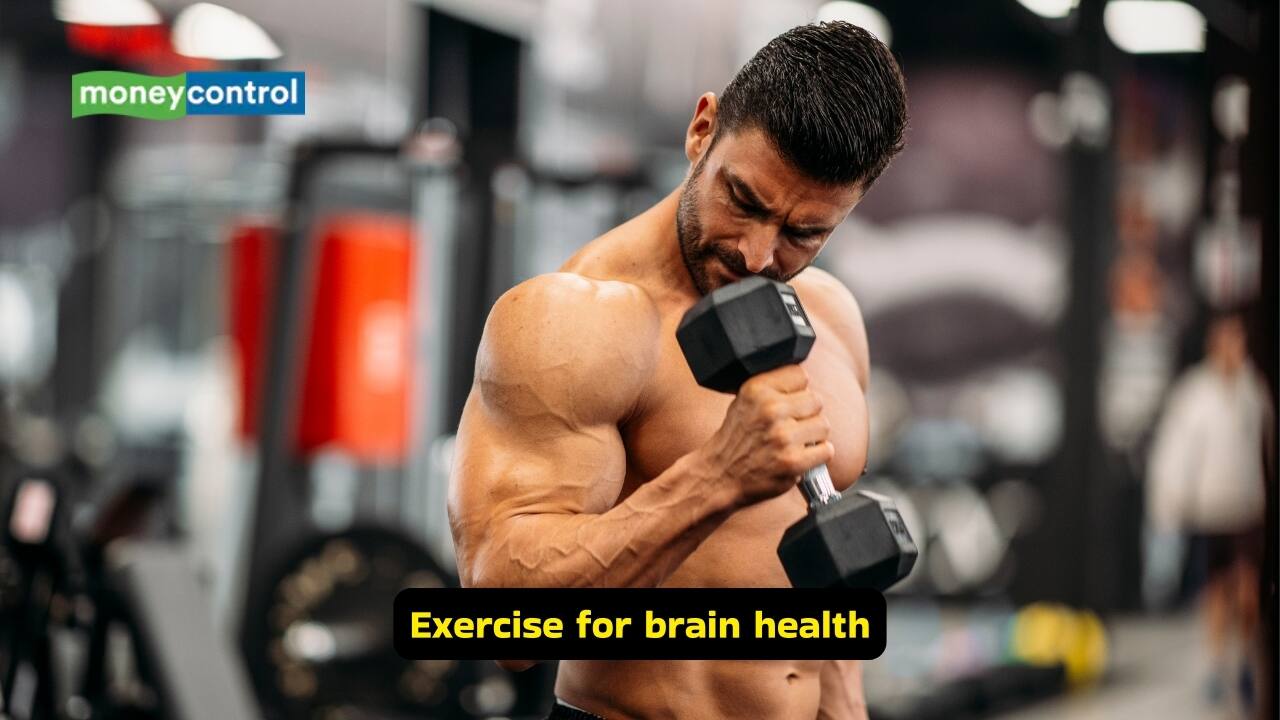
Exercise for brain health
We often hear exercise is good for the brain, especially intense cardio like HIIT. But what if you’re a regular cannabis user? A recent Australian study published in Journal of the American Medical Association (JAMA) Psychiatry conducted at Monash University’s BrainPark facility, explored whether tough workouts could improve brain health in people with cannabis use disorder. “People with cannabis use disorder can absolutely take part in structured, high-intensity fitness — what this shows is, they don’t need to be written off.” said Dr Karyn Richardson, lead researcher (Images: Canva)
We often hear exercise is good for the brain, especially intense cardio like HIIT. But what if you’re a regular cannabis user? A recent Australian study published in Journal of the American Medical Association (JAMA) Psychiatry conducted at Monash University’s BrainPark facility, explored whether tough workouts could improve brain health in people with cannabis use disorder. “People with cannabis use disorder can absolutely take part in structured, high-intensity fitness — what this shows is, they don’t need to be written off.” said Dr Karyn Richardson, lead researcher (Images: Canva)
2/11
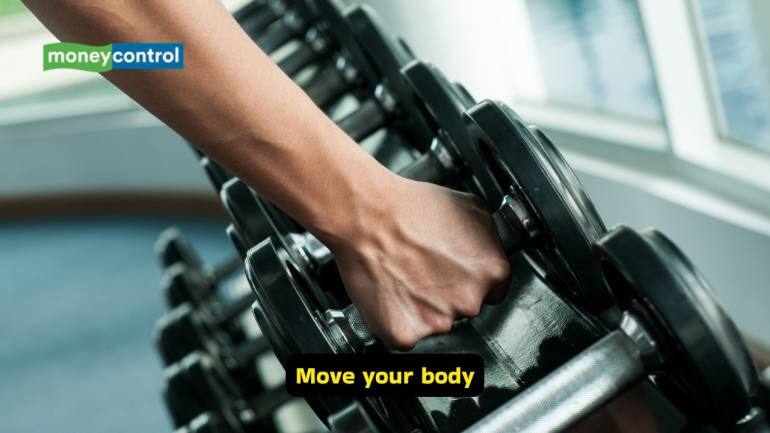
Move your body
Despite being put through 12 weeks of high-powered workouts, participants didn’t show measurable improvements in brain structures. But the fact they turned up — and stuck with it — was huge in itself. Eight in ten completed the program, a rare success in addiction-related trials.
Despite being put through 12 weeks of high-powered workouts, participants didn’t show measurable improvements in brain structures. But the fact they turned up — and stuck with it — was huge in itself. Eight in ten completed the program, a rare success in addiction-related trials.
3/11
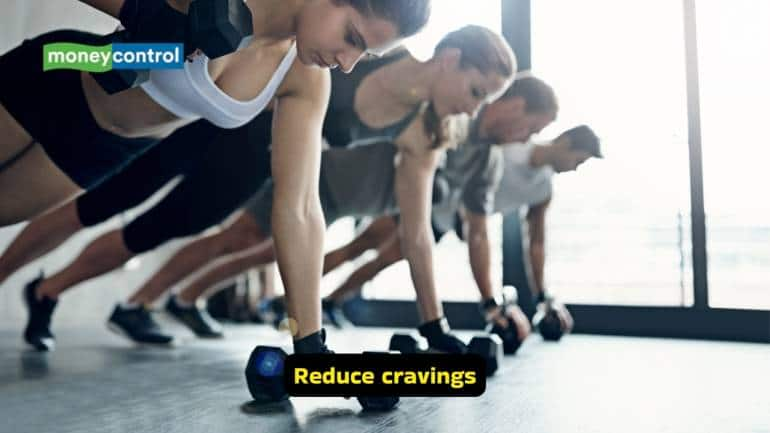
Reduce cravings
Both exercise programmes, intense or not, helped participants lower their cravings for cannabis over time. That’s no small win — cravings are a key trigger for relapse. Even without brain changes, reducing desire to use can be a major step toward long-term change.
Both exercise programmes, intense or not, helped participants lower their cravings for cannabis over time. That’s no small win — cravings are a key trigger for relapse. Even without brain changes, reducing desire to use can be a major step toward long-term change.
4/11
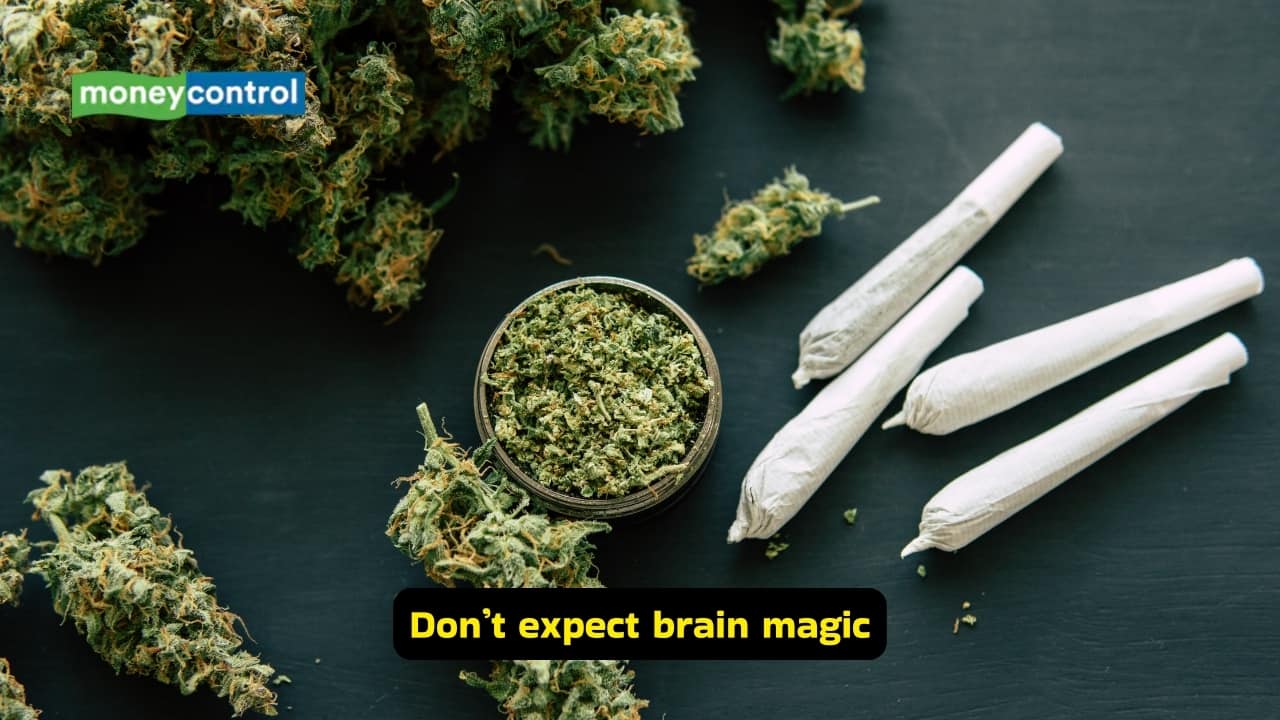
Don’t expect brain magic
High-intensity interval training (HIIT) was thought to boost hippocampal health — important for memory and emotion — but it didn’t. No measurable improvements in brain structure, chemistry, or function were seen. It seems cannabis use may block some of exercise’s usual brain benefits.
High-intensity interval training (HIIT) was thought to boost hippocampal health — important for memory and emotion — but it didn’t. No measurable improvements in brain structure, chemistry, or function were seen. It seems cannabis use may block some of exercise’s usual brain benefits.
5/11

Stick with structure
The people in the trial didn’t just exercise; they stuck with it. The supervised, group-based format meant participants turned up again and again — averaging 29 out of 36 sessions. That kind of consistency is often missing in substance use recovery, but it matters.
The people in the trial didn’t just exercise; they stuck with it. The supervised, group-based format meant participants turned up again and again — averaging 29 out of 36 sessions. That kind of consistency is often missing in substance use recovery, but it matters.
6/11

Cannabis use clouds change
Participants weren’t asked to stop using cannabis during the trial. That’s important — ongoing use might’ve dulled any brain gains. THC (the active compound in cannabis) may interfere with brain repair, especially in the hippocampus, even when workouts are intense.
Participants weren’t asked to stop using cannabis during the trial. That’s important — ongoing use might’ve dulled any brain gains. THC (the active compound in cannabis) may interfere with brain repair, especially in the hippocampus, even when workouts are intense.
7/11
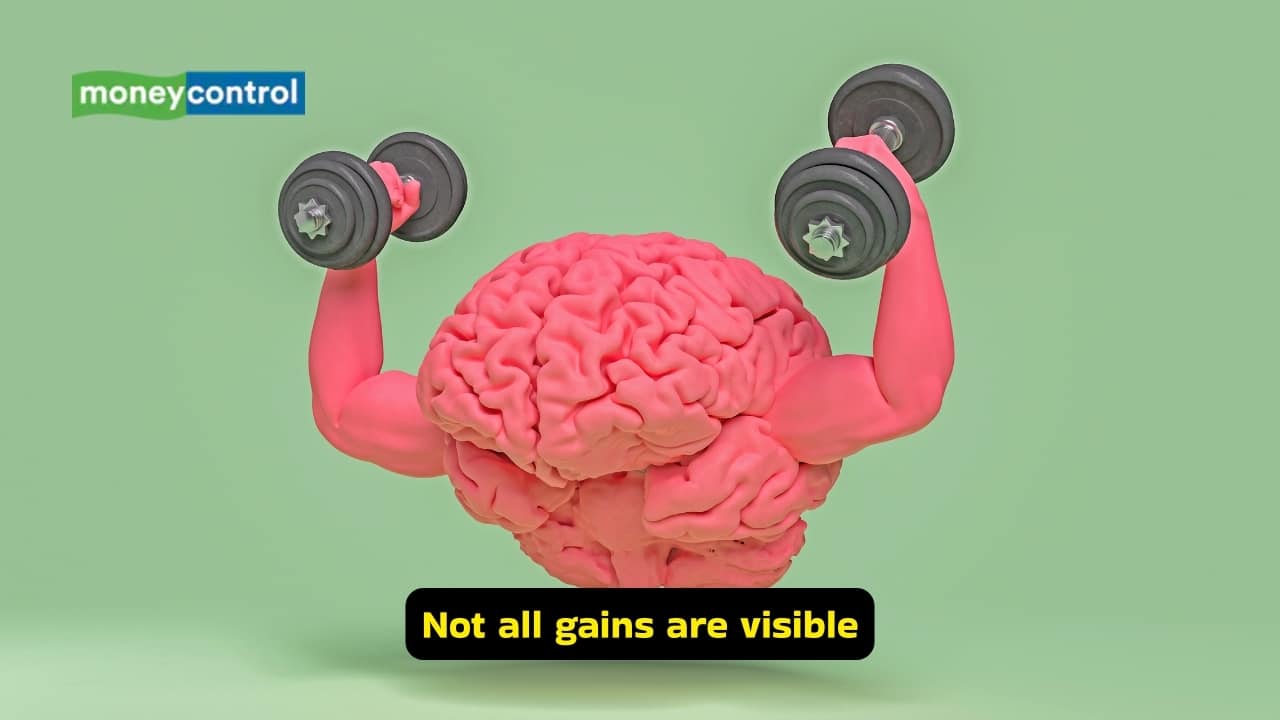
Not all gains are visible
Even though brain scans didn’t show big changes, that doesn’t mean nothing improved. Exercise can stabilise mood, help sleep, and build self-esteem — benefits that don’t always show up on an MRI but are deeply felt in everyday life.
Even though brain scans didn’t show big changes, that doesn’t mean nothing improved. Exercise can stabilise mood, help sleep, and build self-esteem — benefits that don’t always show up on an MRI but are deeply felt in everyday life.
8/11

Choose your workout
Surprisingly, strength and resistance training (a calmer, low-intensity option) did just as well as HIIT when it came to cravings and engagement. That suggests people should pick an exercise they’ll actually do — consistency, not intensity, may matter most for recovery support.
Surprisingly, strength and resistance training (a calmer, low-intensity option) did just as well as HIIT when it came to cravings and engagement. That suggests people should pick an exercise they’ll actually do — consistency, not intensity, may matter most for recovery support.
9/11

Talk while you move
Participants had ongoing support from trained exercise physiologists, who helped them stay motivated and push through barriers. This behavioural support may be as important as the workouts themselves, showing how much the human part of health programs can make the difference.
Participants had ongoing support from trained exercise physiologists, who helped them stay motivated and push through barriers. This behavioural support may be as important as the workouts themselves, showing how much the human part of health programs can make the difference.
10/11

Protect what’s there
The brain may not have improved, but it didn’t get worse either. For people continuing to use cannabis, exercise might help maintain what brain health they still have. That’s meaningful — sometimes holding the line is the first win before recovery gains momentum.
The brain may not have improved, but it didn’t get worse either. For people continuing to use cannabis, exercise might help maintain what brain health they still have. That’s meaningful — sometimes holding the line is the first win before recovery gains momentum.
11/11

Mix it with abstinence
The research team believes exercise could work even better if paired with efforts to reduce or quit cannabis altogether. Future studies might test this combo—abstinence plus activity—to see if brains can bounce back when the body gets moving and the drug use stops. (Disclaimer: This article, including health and fitness advice, only provides generic information. Don’t treat it as a substitute for qualified medical opinion. Always consult a specialist for specific health diagnosis)
The research team believes exercise could work even better if paired with efforts to reduce or quit cannabis altogether. Future studies might test this combo—abstinence plus activity—to see if brains can bounce back when the body gets moving and the drug use stops. (Disclaimer: This article, including health and fitness advice, only provides generic information. Don’t treat it as a substitute for qualified medical opinion. Always consult a specialist for specific health diagnosis)
Discover the latest Business News, Budget 2025 News, Sensex, and Nifty updates. Obtain Personal Finance insights, tax queries, and expert opinions on Moneycontrol or download the Moneycontrol App to stay updated!






